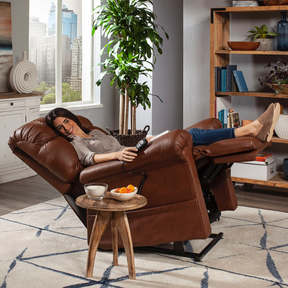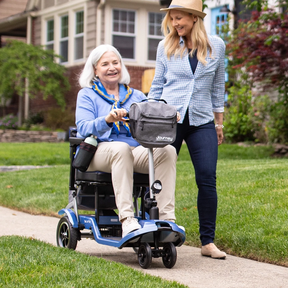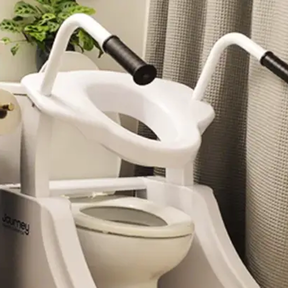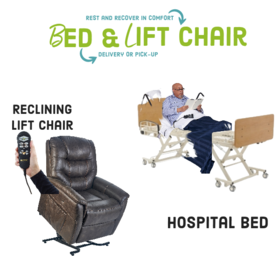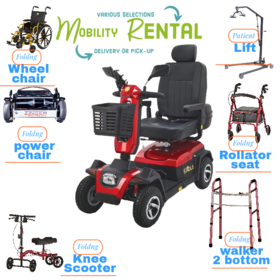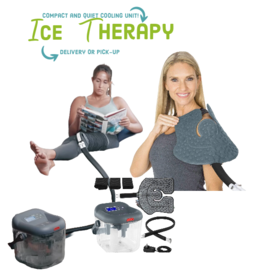Blog EMS & TENS Unit Electrode Pad Placement
Sat, 12/03/2022 - 18:24
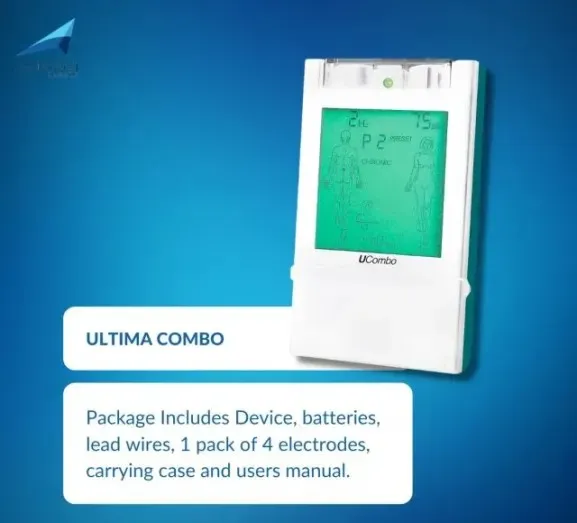
The medical field has advanced to provide various new technologies to meet various medical conditions. By using TENS units, patients can effectively counteract pain without taking medication. You can target almost any pain point on your body and customize the intensity and duration of the treatment with a TENS Unit. There are a variety of chronic and acute pains that can be treated with Transcutaneous Electrical Nerve Stimulation (TENS) Units, including arthritis, sciatica, sore muscles, fibromyalgia, and other conditions.
When using EMS TENS units, placing the pads in the right location to target a specific painful area is essential. When electrode pads are placed incorrectly, little or no pain relief will result.
How to place EMS TENS unit electrodes?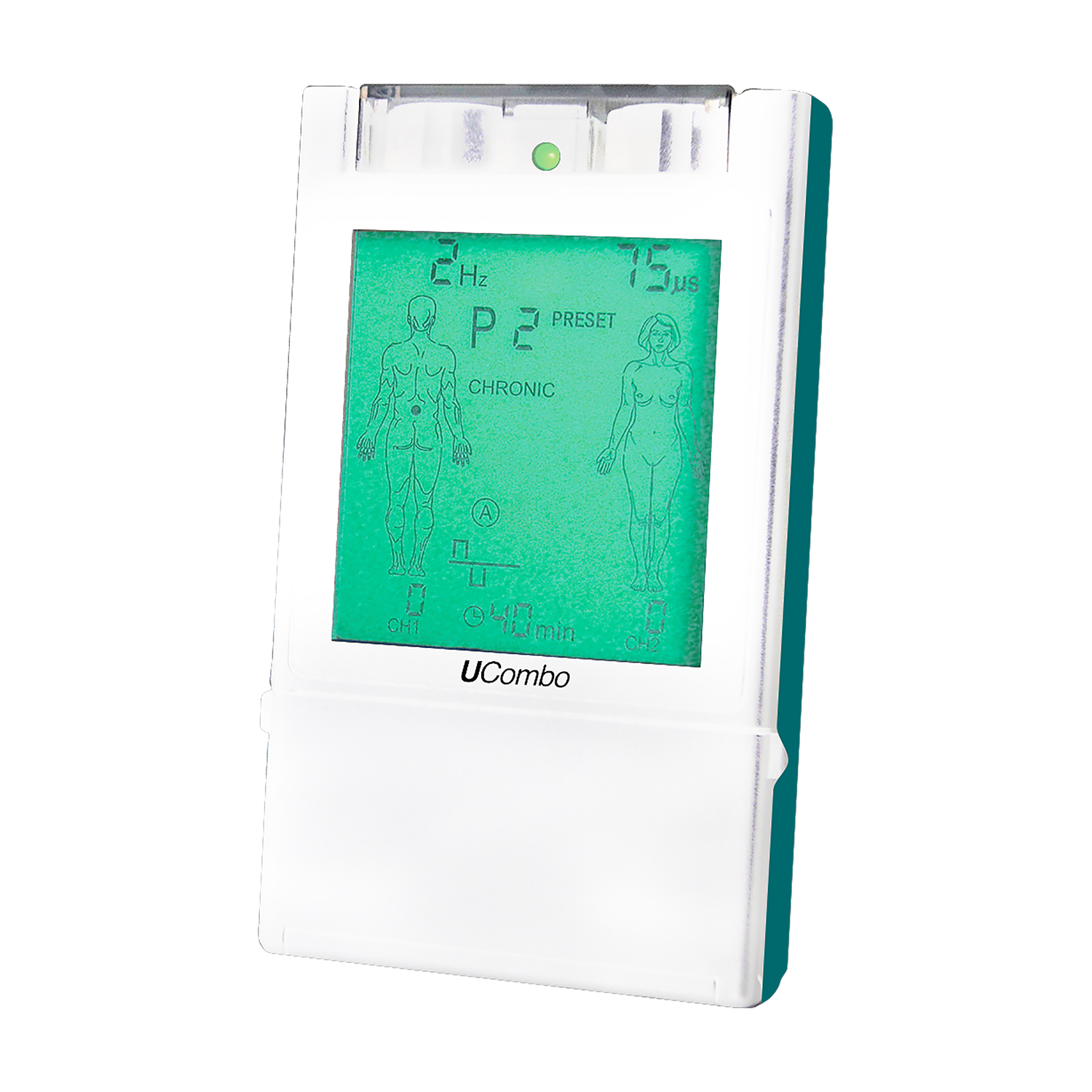
When using a TENS unit with pads (electrodes), placing them near the painful/injured area is best. Placements like this are called contiguous placements. The electrodes, in this manner, direct the electrical current through or around the painful area. TENS Unit Placement Guide highlights this treatment style below:
Tips and best practices for EMS TENS unit electrode placement
Find out exactly where your pain is. Gently press or feel the area where you're uncomfortable. By doing this, you will be able to identify where the pain is most acute.
When treating pain, use at least two pads. There will be no pain relief if you use just one pad. The use of four places is even more effective for treating pain effectively.
If you adjust the distance between the TENS unit pads, the flow of electricity will be affected. Pads of a TENS Unit can be angled, horizontally, or vertically positioned.
Separate the pads by at least one inch and avoid touching them. A treatment that is further apart is weaker than one closer together. The closer you get to each other, the stronger it is, but never touch. Electrodes should never be placed on joints such as knees, ankles, or elbows, as movement will alter their adhesion.
Keep the electrodes away from your face, and never place them there. It is best to start with a low-intensity level when using TENS units for the first time and then increase it as needed.
The Do's of using TENS units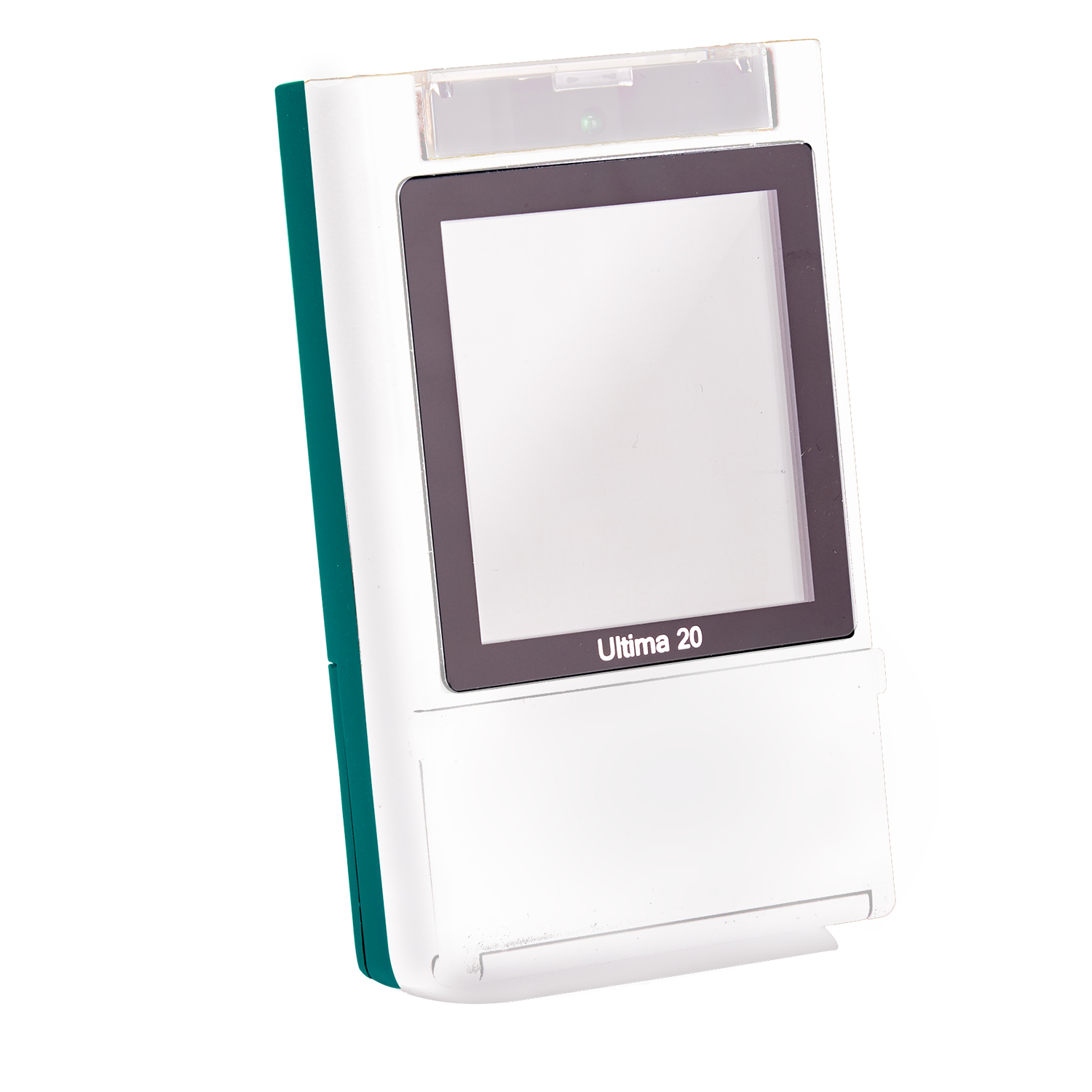
Check out these tips if you're using a TENS unit
Prepare the skin first
For an electrode to work effectively, skin preparation is necessary before application. Following are the steps you need to take before placing an electrode:
Using soap and water, wash the area. Make sure the place is completely dry. Cover the electrodes with a small amount of gel.
In the absence of self-adhesive electrodes, cover them with medical tape. When placing the electrode on the skin, examine the area carefully. It is not advisable to place electrodes on wounds, inflamed spots, or numb areas that are injured or infected.
Focus on areas of pain
Select the areas of the body that will receive electrodes, such as the hips or shoulders, before applying the electrodes. You may simultaneously use two or four electrodes on either side of the painful area.
It is possible to apply electrodes horizontally, vertically, or at an angle, just as you do with bandages. Pros recommend placing electrodes above or below the joints instead of directly over them if you have joint pain.
Adjust the current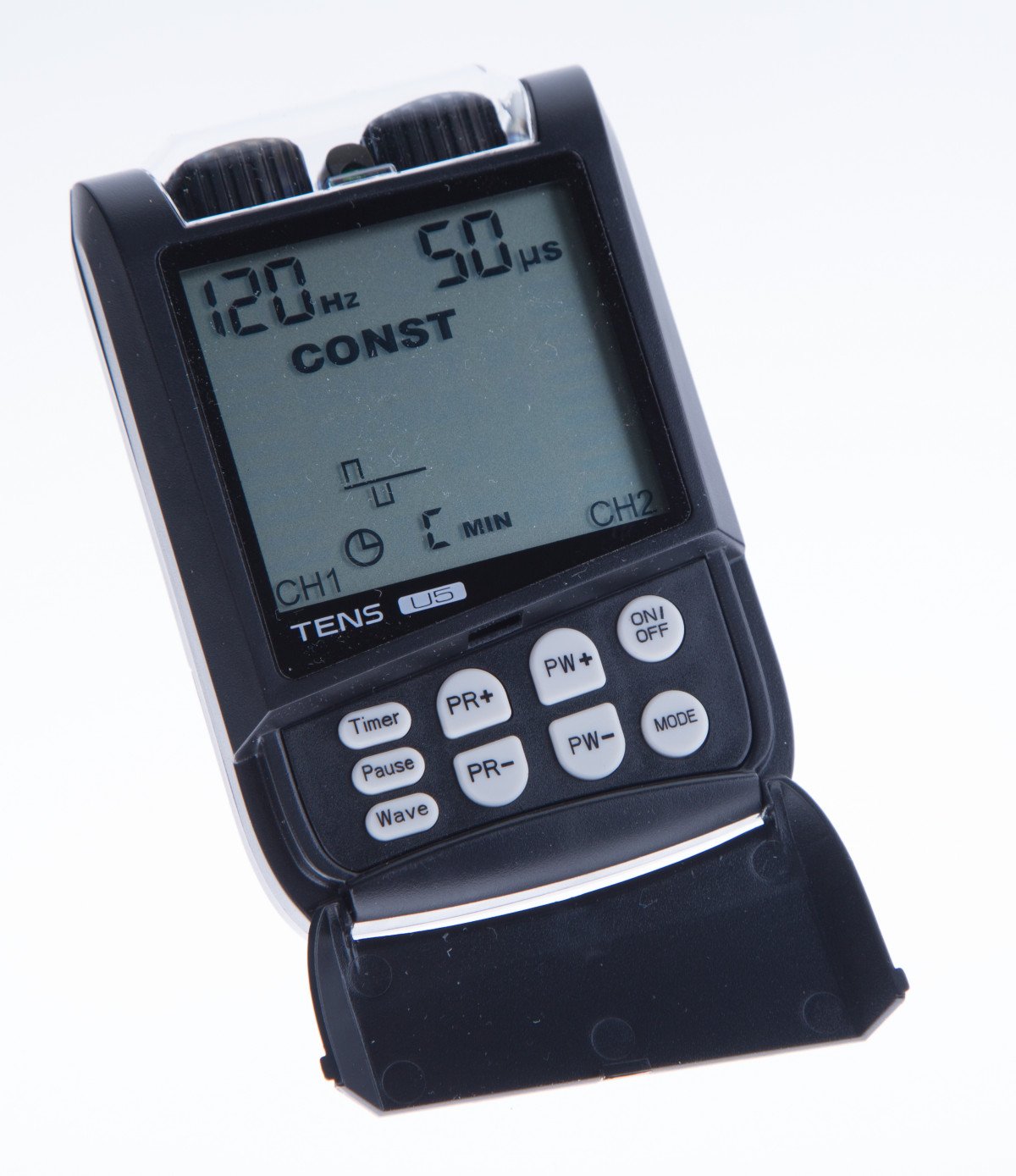
TENS units aren't one-size-fits-all in terms of inTENSity levels. Try experimenting with different levels until you find the level that suits you best.
The best way to start is by reducing the inTENSity gradually. With practice, you can increase it. As the electrodes sit on your skin, you should feel a tingle. A lower level is best if your muscles feel uncomfortable or contract too much.
Keep the device in use for as long as necessary
Most medical treatments have a specific duration before they become harmful. Due to the non-invasive nature of TENS units and the fact that they don't use drugs, you are free to use them whenever necessary.
Start using your TENS unit for 30 to 45 minutes when in doubt. You can increase the duration as you become more familiar with it.
The Don'ts of Using TENS Units
When using TENS units, you should avoid the following:
Don't use a TENS unit with specific medical conditions
TENS units for arthritis and diabetic neuropathy can treat numerous medical conditions. However, some conditions should not be treated with TENS unit. Abnormal bursts of electrical energy inside the brain can lead to the triggering of seizures during treatments.
A similar reason may also lead to pacemaker malfunctions due to TENS treatments. Pregnant women should also avoid using the TENS treatment during the early stages of their pregnancy and wait until they're closer to giving birth before undergoing treatment.
Don't place electrodes on the head, neck, or spine
Our nervous system produces enough electricity to power a light bulb that consumes 15 to 20 watts. Because of this, an electrode should never be placed directly on the spinal cord or your head.
Directly touching major arteries should also be avoided. Particularly in the neck, this is the case for the carotid artery. To relieve pain effectively, you should place electrodes on the back of your neck but not on your throat.
Don't use a high-voltage unit for TMJ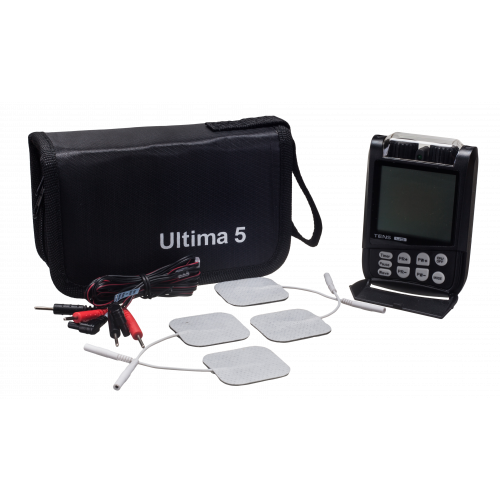
Patients with TMJ disorder and other conditions causing a locked jaw may use TENS units to relieve their symptoms. However, a low-voltage machine is the only safe way to do this. For TMJ disorders, consult your doctor and the manufacturer.
Don't overlap electrodes
A TENS unit works similarly to a car battery. It is necessary to have two electrodes to complete the entire electrical circuit. Using a butterfly electrode, you must touch both sides to ensure effectiveness.
When placing electrodes on a site, is also important to avoid overlapping them . Too close electrode placement can reduce one side's charge while increasing the other's. You can still use them if you keep them at least one inch apart.
Don't store electrodes haphazardly
It may be tempting to throw away the electrodes after a TENS treatment. You will, however, end up with dry electrodes if you do this. It is also possible to damage the adhesive. Store your electrodes according to these principles:
After using your electrodes, please place them in the refrigerator to cool off. Extreme temperatures should only last for a while. Keep electrodes dry by wrapping them in wax paper or lining them with plastic wrap.
Avoid direct sunlight when storing electrodes. Keep electrodes away from the soap to avoid removing adhesive. Remove debris with a little water.
Typically, electrodes last 30 uses before needing replacement. A completely adhering electrode should be replaced. We offer replacement pads for various TENS units at Sky Medical Supplies.
Don't use a unit near the water
Water and electricity only mix with disastrous consequences. Therefore, TENS units should be kept away from moisture. Be sure to dry your skin completely before applying electrodes, and stay away from bathtubs and showers.
Are TENS units right for you?
There are several scenarios in which TENS units can relieve pain. These can help to treat fibromyalgia, diabetic neuropathy, and recurring pain linked to injuries and menstruation, for instance. It's important to note that electrotherapy isn't appropriate in some cases.
Choosing TENS units that are right for you begins with knowing their dos and don'ts. Don't hesitate to contact Sky Medical Supplies to get the EMS TENS Unit Electrodes.
Tags
- contest
- event
- supplies
- design
- brand
- video
- Compression
- upright walker
- four wheel walker
- rollator
- wheelchair
- Ostomy
- elegantly
- elegantly
- accessibility
- Mobility
- knee walker rental
- knee scooter sales
- knee scooter
- post operative shoe
- anti-embolic stockings
- pain management
- cryotherapy therapy
- hot cold compress
- compression stockings
- lift chair
- wound Care
- air purifier
- fall prevention
- cushion
- oxygen therapy
- cpap, bipap
- Hospital Bed
- Life Aide
- EMS
- recovery
- splint
- knee brace
- Bathroom
- patient lift
- medical supply
- Wound dressings
- Lightweight Wheelchair
- hospital beds for sale
- sky medical supplies rentals
- compression socks
- Tegaderm Dressing
- Adult Diapers
- Rollator Walker
- Bed Wedge Pillow
- Hospital beds
- Patient Lifts and Slings
- Portable Oxygen Concentrator
- Patient Lift Slings
- knee scooter rental
- folding mobility scooter
- mobility scooter
- medical shoes
- raised toilet seat
- hospital beds for rent
- lift chair recliner
- chair lift
- electric wheelchair
- Power Lift Recliners for Elderly
- Senior Walkers
- Bedside Commodes
- whill wheelchair
- compression hose
- Whill Electric Wheelchairs
- Bariatric Wheelchair
- Recliner Chairs with Lift
- Colostomy Bag
- Crutches
- Medical Wedge Pillow
- skin barrier tape
- Post Surgery Ice Machine
- Bedside Commode
- chair lift recliners
- cane holder scooter
- lift chair prices
- drop arm commode
- rollator walker with ergonomic seats
- Hospital Bed Rental
- Wheelchair Tray
- Golden Technologies Lift Chair
- Nova GetGo Junior Rollator
- power lift recliners
- Knee Scooters and Crutches:
- stand up walker for seniors
- stand up walker as seen on TV
- Women's Walking Canes
- Knee Immobilizers
- Bed Wedge Pillow
- Medical Supply Stores
- Sit to Stand Lifts
- Grab Bars
- Compression Gloves
- incontinence bed pads
- Lift Reclining Chair
- Knee Walker Scooters
- Hernia Belt Near You
- Mobility Scooter Stores Near Me
- Folding Knee Walker
- Oxygen Concentrator Store
- Inogen Battery
- Electric Bed Frames
- Placing Lift Chair
Related Posts
Get weekly articles in your inbox on the latest medical supply news, exclusive deals, and helpful health tips.
Wed, 02/23/2022 - 17:29
How to put on and take off compression Hose
The compression hose is designed to reduce blood pressure in the lower limbs. They are also "compression socks" or "blood pressure hoses".
Thu, 12/15/2022 - 17:13
What is the difference between Coloplast ostomy supplies and Hollister ostomy supplies?
A surgical incision known as an ostomy permits your body to expel feces, pee, or both through your abdomen.
